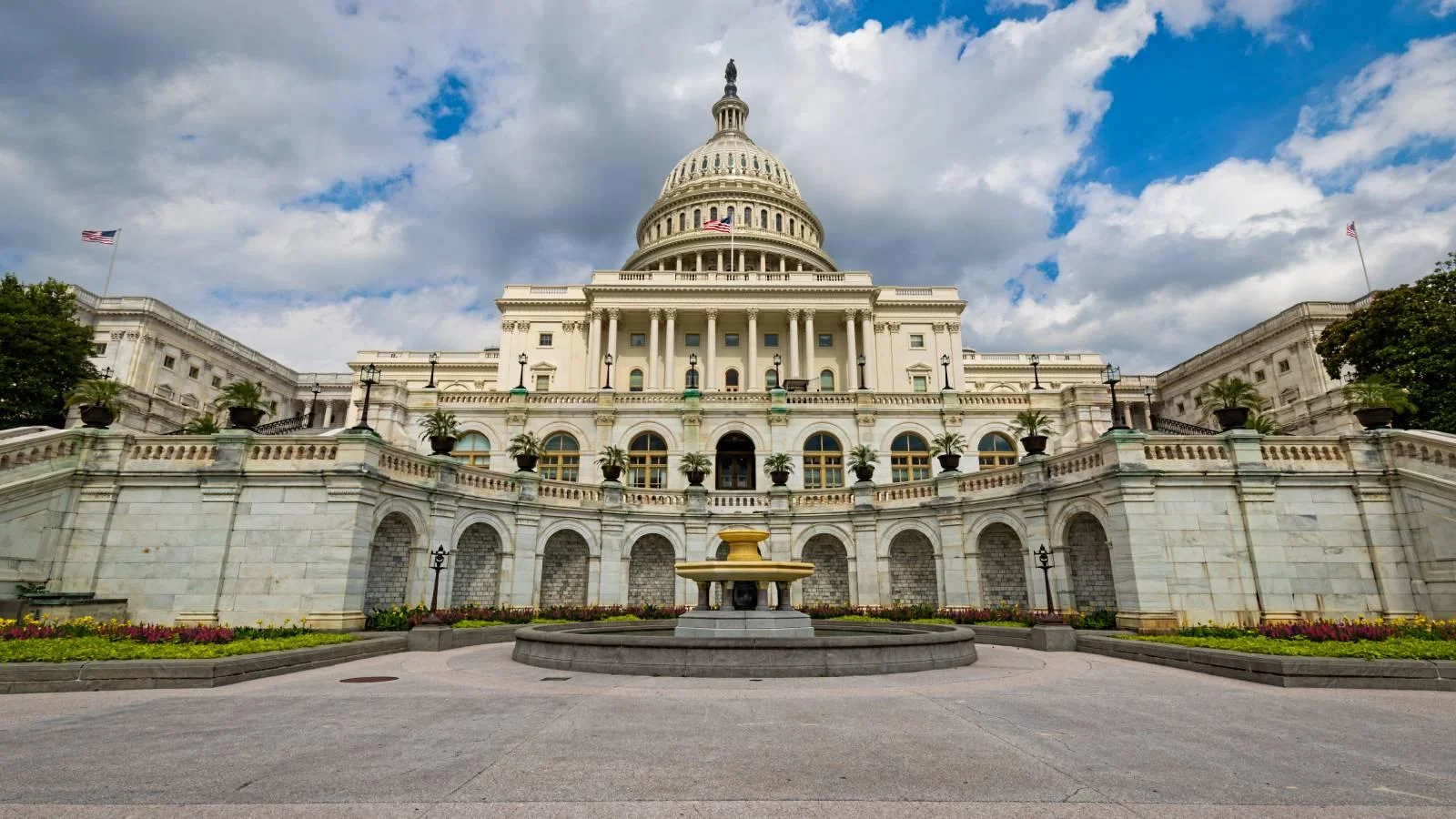A National Academy of Sciences report released today identified several errors in a National Park Service publication on the impacts of commercial oyster farming at Drakes Estero, located within Point Reyes National Seashore, but affirmed the majority of the report’s conclusions.
The report, commissioned by the Park Service, notes that the Service already has corrected most of the errors in the report entitled "The Drakes Estero: A Sheltered Wilderness Estuary," and that there is much scientific uncertainty related to the impact of the oyster facility on the estuary.
"Certainly, we apologize for the errors in our original document and already have taken steps to correct them," Park Service Regional Director Jon Jarvis said. "We appreciate the thoroughness of the academy’s report and especially that academy concurred with many of our conclusions in the final, corrected version of the report."
Jarvis cited the importance of using the best available science in managing the 2000 acres that make of eastern portion of Drakes Estero, a congressionally designated potential wilderness that is home to 90 bird species and one of the largest harbor seal populations in California.
The Department of the Interior’s Inspector General issued a report last fall citing errors in the report, including inaccuracies regarding the source of sedimentation in the estero, but did not find evidence of scientific misconduct.
"When we are facing scientific uncertainty when it comes to managing nationally significant ecological areas such as the Drakes Estero, we tend to come down on the side of protecting the resource," Jarvis said. "We will use the findings in the academy’s report to strengthen our commitment to protecting this ecologically rich estuary."
-NPS-
Source: U.S. Department of the Interior, National Park Service






